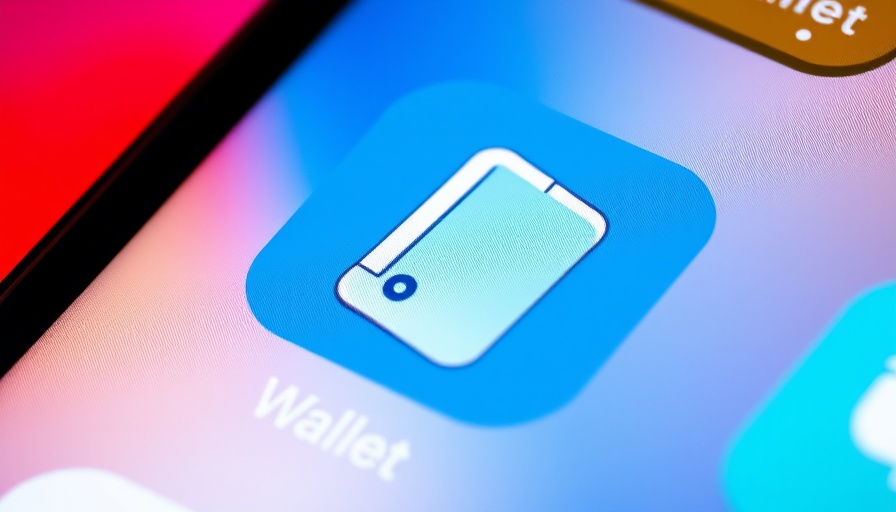
Transforming Your Wallet: The Digital Driver’s License Revolution
The integration of digital driver’s licenses into Apple Wallet is reshaping the way individuals interact with identification. By utilizing advanced technology, users can carry their ID securely on their devices, fundamentally altering the need for traditional, physical wallets. This innovation promises improved convenience for users while also raising questions about privacy and data security.
Exploring the Scope: Where Digital IDs are Accepted
Currently, a limited number of states and regions allow for the storage of digital IDs. Participating jurisdictions include Arizona, California, Colorado, Georgia, Hawaii, Iowa, Maryland, Montana, New Mexico, Ohio, and Puerto Rico. With the continuous expansion of this technology, it’s anticipated that more states will soon embrace digital ID solutions, enhancing travel and business operations by facilitating quicker identification processes at airports, TSA checkpoints, and selected retail establishments.
Understanding the Technology: Are You Compatible?
To take advantage of this innovation, certain technical requirements must be met. Users need an iPhone 8 or later or an Apple Watch Series 4 or newer, ensuring that their device possesses the latest operational capabilities. Additionally, this technology requires the latest OS version, Face ID or Touch ID, and two-factor authentication to ensure security while using your digital ID. Keeping your device set to the United States region is also crucial for functionality.
Step-by-Step: How to Add Your Driver’s License to Apple Wallet
The process of incorporating your driver’s license into Apple Wallet is straightforward. Start by opening the Wallet app, tapping the add button (“+”), and selecting “Driver’s License and ID Cards.” Choose your state and proceed to scan both the front and back of your physical ID. Proper lighting and background are essential during this step. A live selfie is necessary to ensure that the ID correlates to the user, enhancing security measures.
The Promise and Concern of Digital Identification
While digital IDs promise increased convenience, there are essential considerations regarding privacy. One crucial aspect is that neither Apple nor the state issuing the ID can track when or where users access their digital IDs, which alleviates some concerns regarding surveillance. However, the potential for data breaches exists, similar to other digital platforms, underlining the need for users to remain vigilant about their digital identity security.
Global Perspectives: Where is Digital ID Headed?
Looking forward, the digital ID landscape is ripe with opportunity. Countries around the world are exploring digital identification frameworks, vying to streamline identification processes for citizens. Future advancements may lead to the integration of international travel documents, including passports, into digital wallets, paving the way for efficient border crossings and identification verification.
Counterarguments: Are We Ready for This Change?
Despite the advantages, skepticism surrounding digital driver's licenses exists. Some argue that the transition may be premature in areas with limited technology access or in communities less inclined toward digital solutions. Moreover, technical malfunctions and loss of device can pose significant challenges to users relying solely on digital identification.
Practical Insights: Making the Transition Smooth
For users preparing to adopt digital IDs, it is advisable to have backup solutions in place, such as keeping a physical copy of their driver’s license or ensuring that their mobile devices are kept secure and routinely backed up. As technology evolves, being adaptable and aware of technical risks will be crucial in making the most out of digital ID innovations.
Join the Digital Revolution
In conclusion, the integration of digital driver’s licenses into platforms like Apple Wallet represents a significant shift in identification practices and personal convenience. As more consumers embrace digital solutions, lawmakers and tech companies must remain vigilant about infrastructure and privacy concerns, ensuring that innovation does not compromise security or accessibility. By staying informed about these technologies, users can proactively engage with the changes while safeguarding their information.
 Add Row
Add Row  Add
Add 




Write A Comment